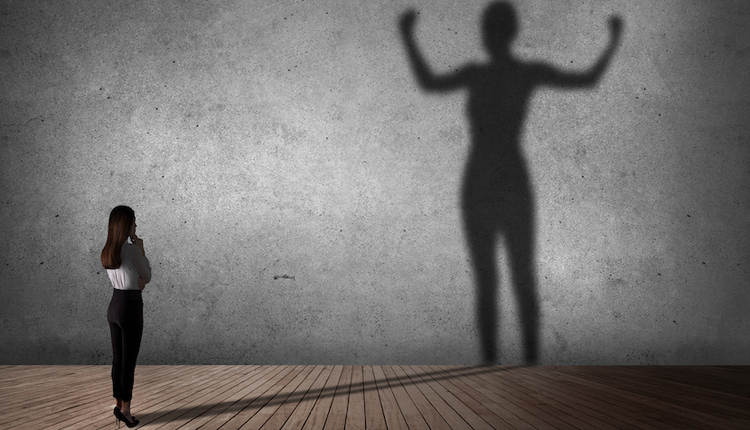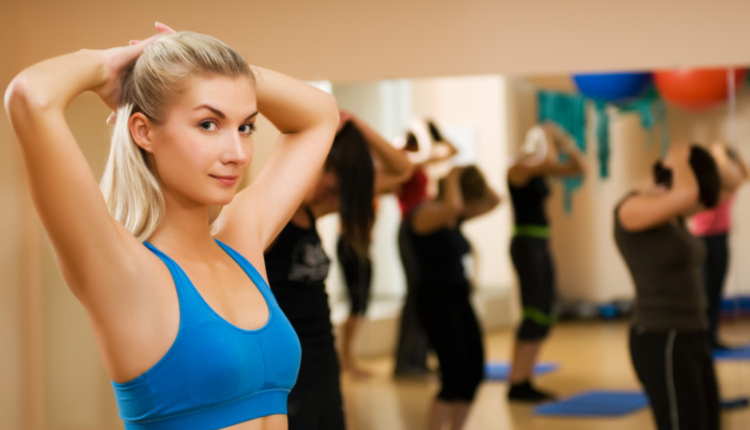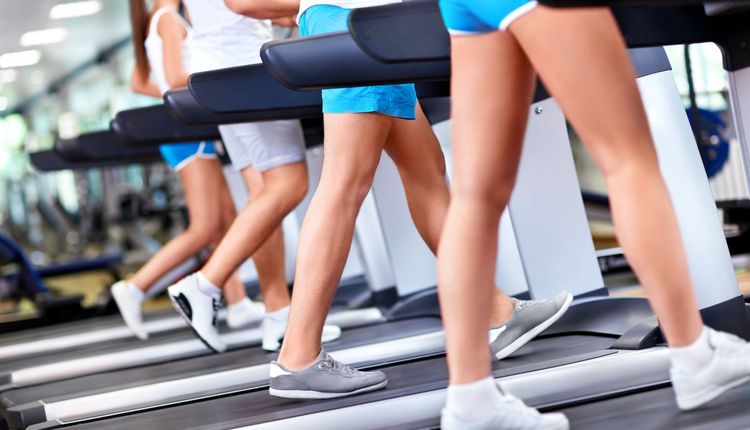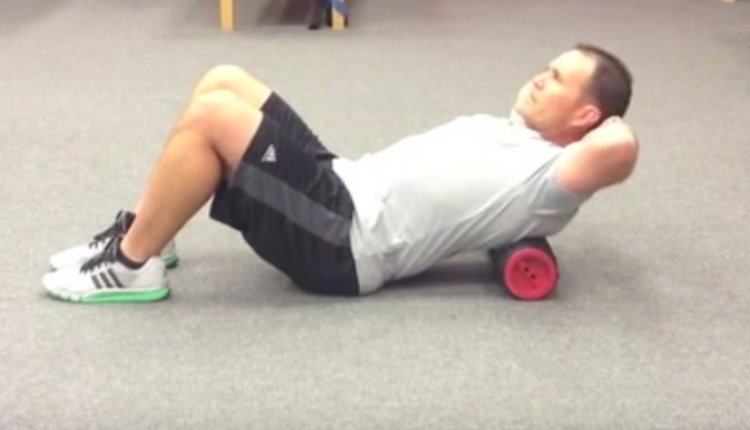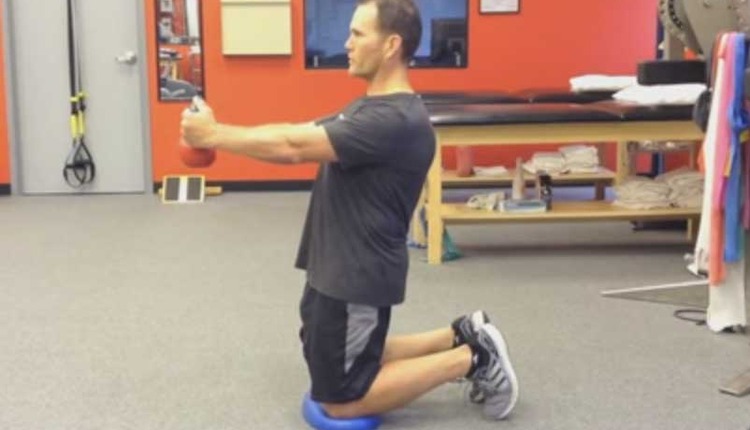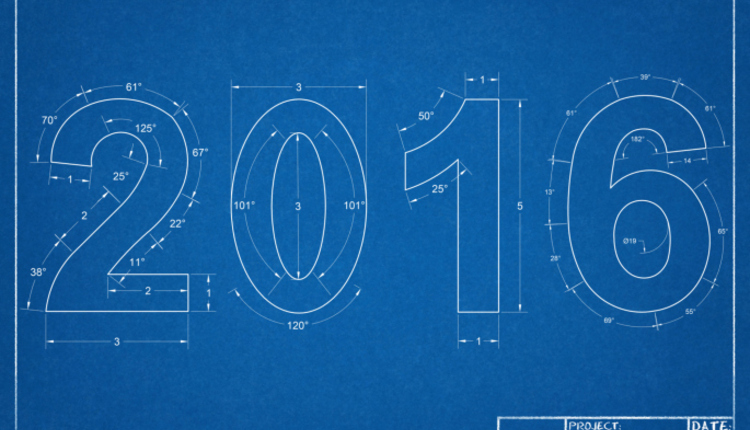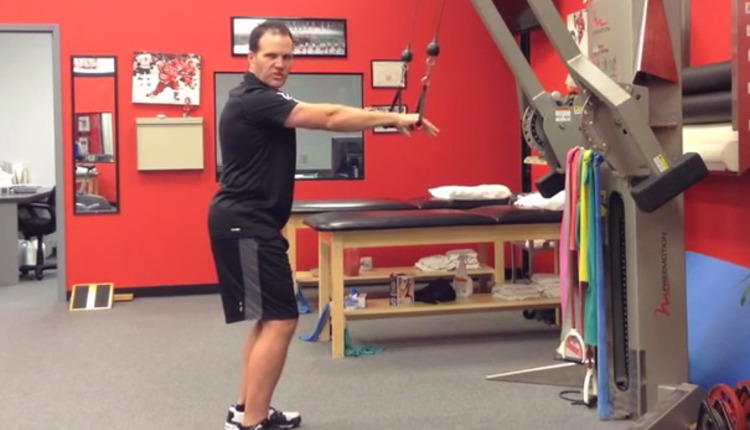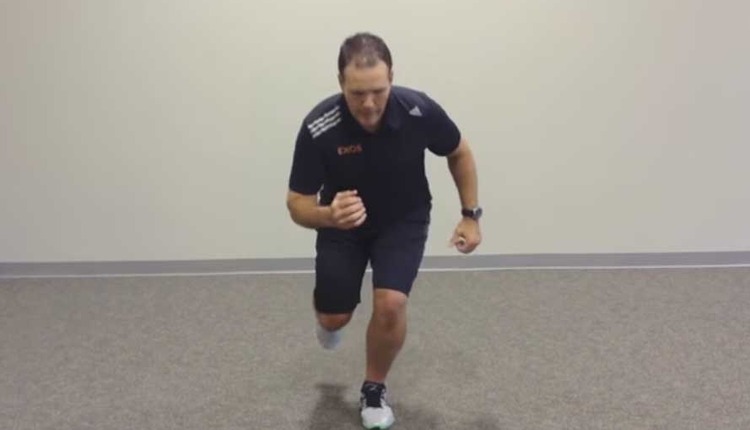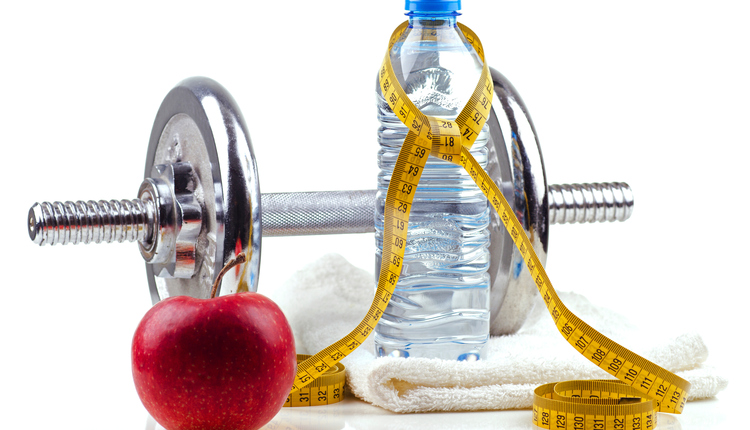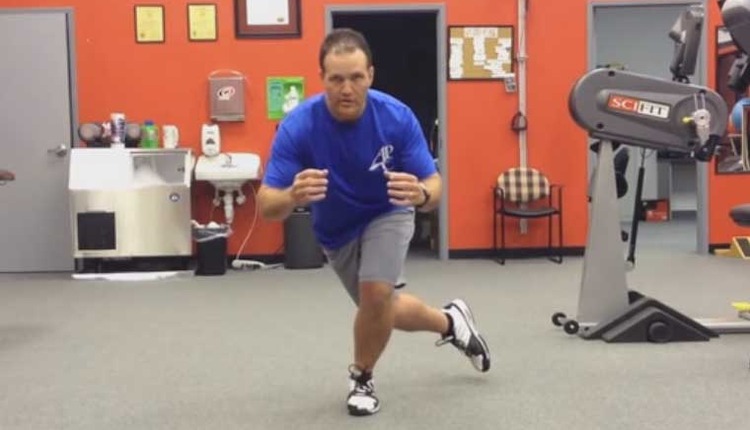BY Sean Greeley
May 26 2023
At the start of each year, fitness professionals are off to the races with new dreams, goals and plans for growing their business... View More
BY Trina Gray
May 3 2023
I am a success junkie. I love making vision boards, setting goals, hitting achievements, earning income and growing as a leader... View More
BY Anna Woods
March 21 2023
Personal trainers learn about helping clients and exercise selection in their certifications and education, but one area that is typically overlooked by many new trainers is building a business and a... View More
BY Dean Carlson
Jan. 19 2023
A long-term career in fitness is a calling. Successful trainers are not born; they are forged from hard work, grit and determination... View More
Jan. 6 2023
Do you know the best investment you can make? It’s an investment in yourself... View More
Dec. 2 2020
Think of the best trainers that you’ve ever met or worked with. Chances are, it was mainly their personality, not their knowledge or letters behind their name, that impacted you the most... View More
June 1 2017
For fitness professionals new to the industry, it is often the simplest marketing options that can have the greatest impact... View More
Sept. 1 2016
Mistakes commonly made by new fitness business owners may provide insight for those trying to grow their business... View More
March 10 2016
The culture we’ve created in the fitness world is forever pulling us off center. If we don’t fight it we’ll lead our communities down the wrong path... View More
Feb. 10 2016
Stocking your fitness team with the 'right' people is key to your success... View More
Jan. 10 2016
Self-awareness is the foundation and springboard for reinventing yourself as a trainer... View More
Jan. 1 2016
As with most things in life, there is an ebb and flow to when we feel “on” and then times when we feel stuck... View More
Dec. 10 2015
Have you ever truly reflected on this question: Have I mastered the basics yet?... View More
BY Brian Schiff
Dec. 1 2015
Thoracic kyphosis and limited thoracic spine extension is a common problem that often results from poor posture... View More
BY Brian Schiff
Nov. 15 2015
Thoracic kyphosis and limited thoracic spine extension is a common problem that often results from poor posture. Limited thoracic spine extension restricts overhead shoulder mobility and this ca... View More
Nov. 10 2015
Your training career is a journey. And with every journey, there's a destination... View More
BY Brian Schiff
Nov. 1 2015
Upper trap dominance along with scapular dyskinesia is a common issue with clients performing repetitive overhead activities (throwing, swimming, tennis, lifting, etc). Poor mechanics may lead to rotator... View More
BY Brian Schiff
Oct. 15 2015
Many athletes struggle to avoid valgus collapse with deceleration and cutting maneuvers. Another common mechanical error seen is landing or cutting too upright, thereby elevating risk for a knee injury... View More
Oct. 10 2015
The law of average trainers usually reflects wishful thinking. On the flip side, anything but average trainers do what they know... View More
BY Brian Schiff
Oct. 1 2015
Lower leg strength and dynamic balance asymmetries are prevalent in many clients depending on their leg dominance, activities, injury history and preferred movement patterns. Single leg strengthening is... View More





